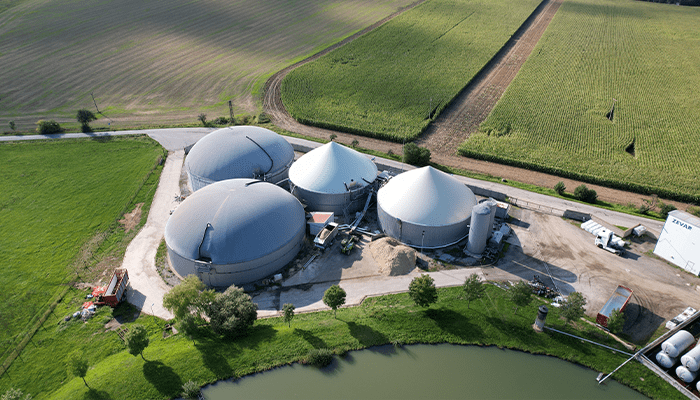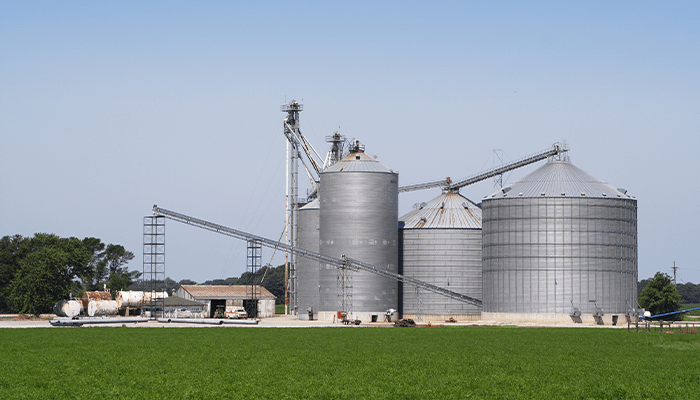
Winter Safety: Preventing A Roof Collapse
Harsh winds, the stress of freeze-thaw cycles, and the weight of the snow can affect a roof’s structural integrity. Damage can range from a leak to a roof collapse – and it’s the last thing your agribusiness operation needs when winter weather conditions become severe.
Buildings may be more susceptible to damage due to the following:
-
- Poor drainage, which allows water to accumulate near the foundation
- Icicles at the roof’s edge and ice dams in roof valleys can cause additional load and water damage
- The location of windbreaks can put the building within the “snow catch zone” and cause snow to accumulate on the roof
- Overhanging tree branches
- Additional equipment installed from rafters adds “dead load” to the roof
- Insulation added to roofs prevents heat transfer that typically melts snow and reduces the snow load. Additional insulation allows snow to accumulate
- Uneven drifting of snow
Avoid possible problems by regularly inspecting, maintaining, and repairing your roof. Be aware of the following warning signs:
-
- Broken or cracked rafters, trusses, studs, or columns
- Twisted or deformed rafters or trusses
- Building leaning or out of plumb
- Loose fasteners
- Cracked drywall or plaster on ceilings
- Leaks from melting snow
When problems are first spotted, take corrective action immediately. Damage that appears minor can quickly worsen when exposed to harsh winter weather. Further, bad weather can make it difficult to make needed repairs by preventing safe access to the roof.
Removing snow from your roof is good preventive maintenance to reduce the risk of building failure. However, use caution because the risk of injury or even death from clearing snow is very real. Nationwide, this winter activity is responsible for thousands of injuries and as many as 100 deaths each year.
If snow is common in your area, inspect your roof to determine the maximum depth of snow your roof system can safely withstand. When snow accumulations reach half the maximum, remove the snow from your roof to prevent overloading.
Conduct regular roof inspections and maintenance and stay aware of snow accumulation on your roof to avoid potential problems. For additional safety resources and a comprehensive insurance review, contact AssuredPartners Agribusiness.
Featured News & Insights

Carbon credits as a concept have been around for years, offering both environmental and economic opportunities for the agriculture sector. With sustainable practices taking center stage, it's...

The outlook for the U.S. poultry market is promising as demand remains high, flock populations have recovered, and market prices are expected to increase, according to the USDA’s August 2024...

Grain entrapments are down 36 percent in 2023, according to Purdue University's Agricultural Safety and Health Program's latest "2023 Summary of U.S. Agricultural and Confined-Space Related Injuries...